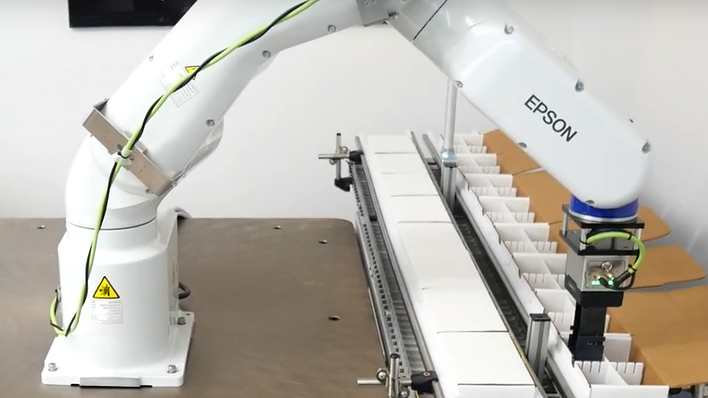A practical look at the role of SPEED in project requirements
A robotics automation project can have many different requirements, however the three most important are typically speed, precision, and payload. When implementing automation there will always be trade-offs, thus the importance of understanding your specific needs in these three key areas. For example, many customers would love to have a robot moving at the highest speed, achieving the highest level of precision, and carrying the heaviest payload. Unfortunately, this is not physically possible. It’s therefore critical to understand your goals and expectations, because as you define your requirements you will very likely need to make some compromises. And those compromises must be aligned with your business objectives.
Let’s take a closer look at the role speed plays and how we’re defining it to understand the level of detail required for project success.
SPEED is often one of the most important justifications when making a business case for robotics. A common scenario is a customer who wants automation and yet only cites “speed” as their rationale. They have no set specification for the number of parts per cycle required, what part of the process they want sped up, or any idea of what they’re willing to give up to achieve an improvement in “speed.”
Before going any further, it’s important to point out that the term “speed” is a broad category that requires a clear definition for your specific project. For example, one factory might need the cycle time of a specific robot improved, while another factory might need the throughput increased for an entire manufacturing line. Taken a step further, both of these factories can communicate their speed requirement in terms of magnitude (i.e. a ¼ second improvement) or percentage (i.e. a 50% improvement). None of these definitions are wrong – they are all “speed” enhancements, yet each will require a very different solution set. It’s therefore critical to define exactly what is required for your specific application. If you get stuck or need assistance defining what you are looking for, always look to your robot vendor or system integrator for assistance.
A deeper look at speed requirements
As you evaluate your requirements, make sure to look at your manufacturing workcell as a system of processes that work together. With that in mind, which part of your process do you want to make faster? Perhaps you want to adjust for a delay in a sequential process. Maybe you need to rotate or present a part quicker. Perhaps you need to reduce the time required to update a Human Machine Interface (HMI). And what are you willing to give up to achieve those objectives? Maybe you can give a little bit on precision or the payload you carry to achieve your speed requirement.
When thinking about speed, particularly that of the robot, it can be tempting to go straight to the specifications — like you would when buying a personal printer or a cell phone. But in robotics, it is critical to understand how the specifications are created and that unlike a cell phone the performance of a robot is very dependent on the application it will be used for. A cycle time specification will use a metric known as a “champion cycle,” which is an industry standard motion cycle. The reality is that the champion cycle is an arbitrary move with an ideal payload and most likely does not reflect the actual motion of your application. Most applications require a fuller range of motion of the robot and the application payload, inertia, and repeatability requirements will greatly affect the cycle time. You therefore often can’t rely on this to evaluate cycle time performance for your project. Better tools have been created to allow you to simulate your application, with the actual positions that the robot will have to travel to, the level of repeatability that is necessary, and even dwell times to understand the true cycle time of your application. If you don’t have those simulation tools in-house, lean on your robot manufacturer or system integrator for assistance with a feasibility study to make sure you are getting the right robot for your specific application.
Ready to learn more about areas to consider when optimizing for speed?
Download the Epson Robots Automation 201 white paper for tips and questions to consider. We take a deep dive into clarifying your requirements for project success with a closer look at all three primary requirements that impact nearly all automation projects: Speed, Precision, and Payload.
To learn more about Epson Robots, visit Epson.com/about-robots
![]()



